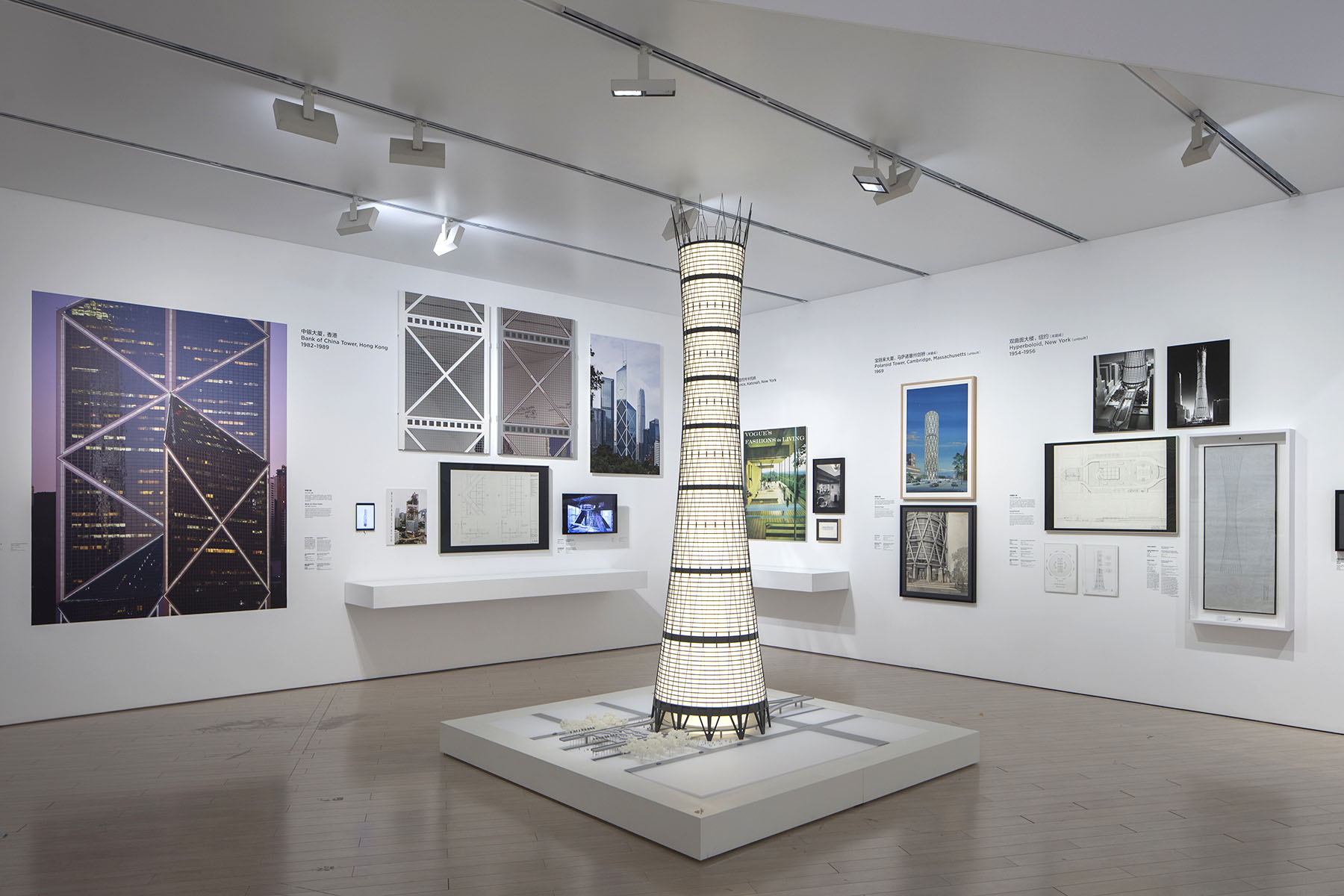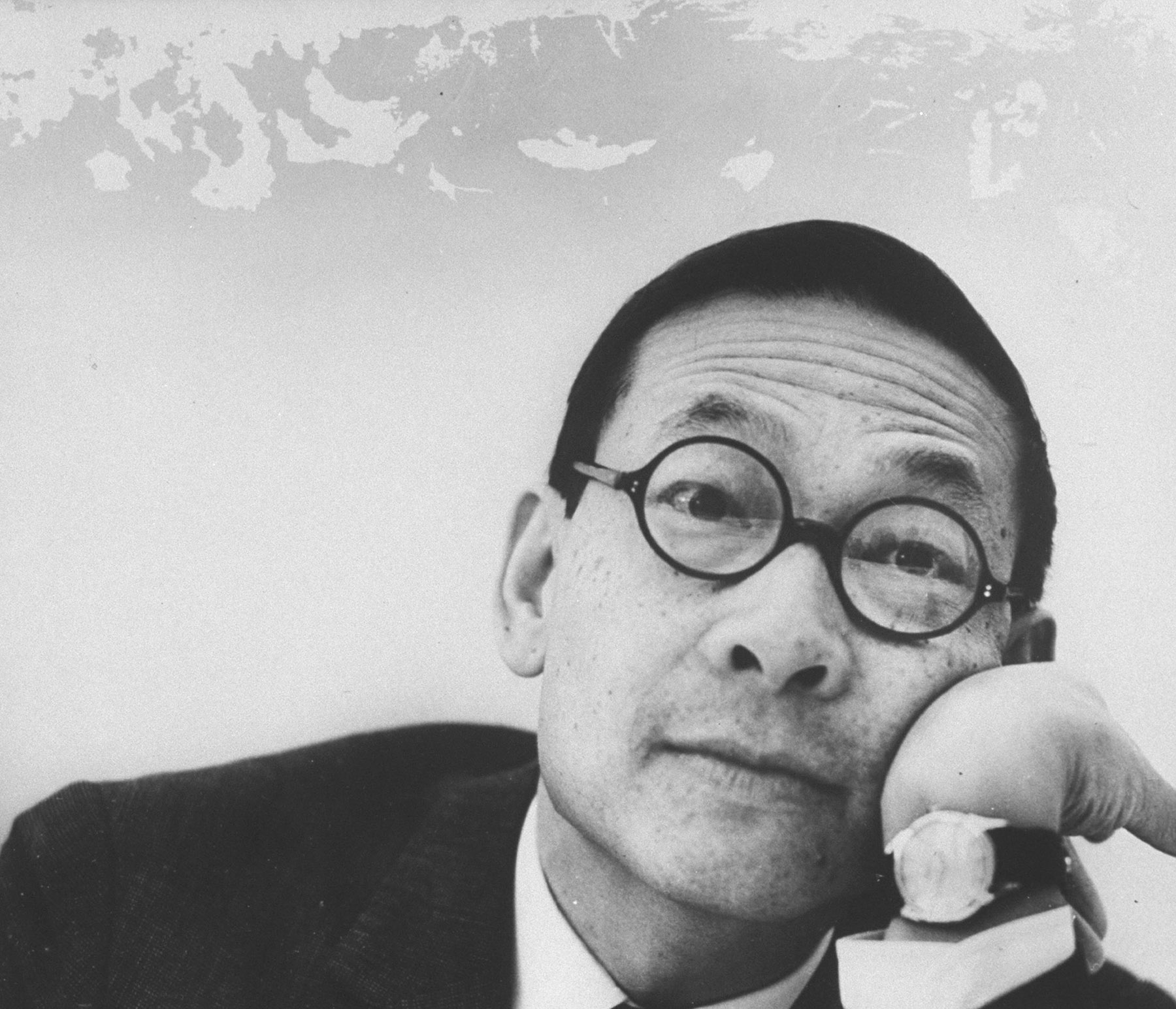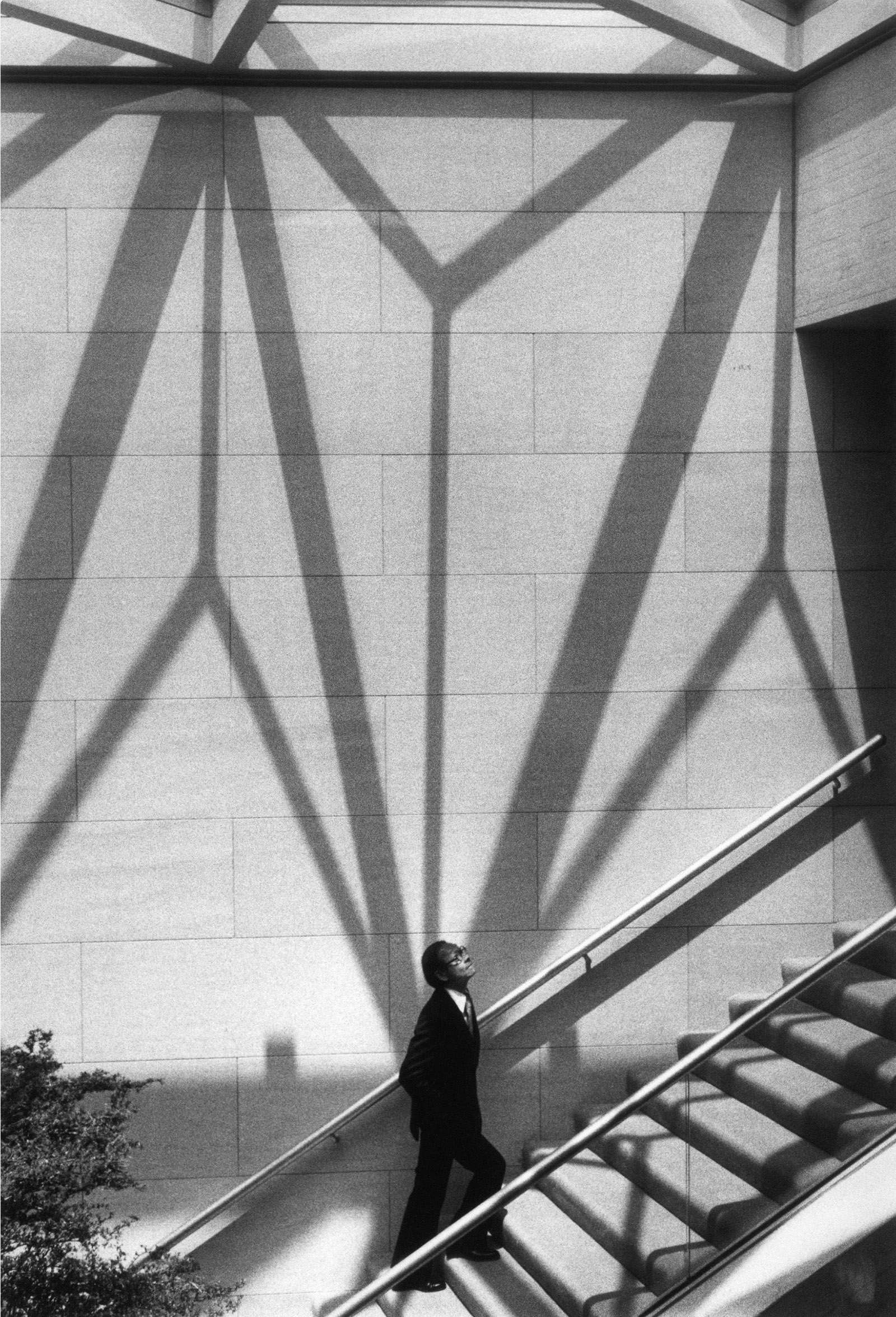
The Power Station of Art, Shanghai, is giving Ieoh Ming Pei (1917-2019), the Chinese American architect who built the glass pyramid in front of the Louvre in Paris, his first full-scale retrospective exhibition on the Chinese mainland.
From April 26 to July 27, the exhibition I. M. Pei: Life Is Architecture features more than 400 items, including original drawings, architectural models, photographs, films, and other archival documentation from institutional and private holdings, many of which have never been exhibited.
Known as the most internationally influential Chinese-born American architect of the 20th century, Pei won the Pritzker Architecture Prize in 1983, the most prestigious award in the world of architecture. He designed many recognizable, high-profile projects, such as the National Gallery of Art East Building in Washington DC, Frangrant Hill Hotel in Beijing, the Bank of China Tower in Hong Kong, the Suzhou Museum in Jiangsu province, and the Museum of Islamic Art in Doha, Qatar.
READ MORE: Life is architecture
Initiated by M+, a museum dedicated to showcasing contemporary visual culture in Hong Kong, the exhibition was first held in Hong Kong from June 2024 to January. The current exhibition in Shanghai marks the first full-scale retrospective of the legendary architect on the Chinese mainland.

"We are delighted to partner with the Power Station of Art to bring this retrospective to a broader audience, particularly focusing on Pei's formative years and architectural projects in China. This exhibition reintroduces Pei and his significant contributions while illuminating often-overlooked facets of his remarkable career," says Suhanya Raffel, the museum director of M+.
The exhibition takes a close look at Pei's life and works through six areas of focus that not only define his unique processes, but also create a dialogue with social, cultural, and biographical trajectories, showing that architecture and life are inseparable, says Shirley Surya. Surya serves as the curator for the design and architecture section at M+Hong Kong and is a co-curator of the exhibition with Aric Chen, the general and artistic director of Nieuwe Instituut (New Institute) in Rotterdam in the Netherlands and incoming director of the Zaha Hadid Foundation in London.
Pei was born in 1917 in Guangzhou, Guangdong province. His father Tsuyee Pei was a prominent banker. The family moved to Hong Kong when he was a baby, and then to Shanghai when he was 10. Pei spent his summer holidays in Suzhou, Jiangsu province, his ancestral hometown. He liked to play in the family's garden, which today is widely recognized as a representative case of Jiangnan garden art known as Shizilin.
It was in Shanghai where Pei, as a teenage boy, was introduced to the world of modern architecture. Of the Park Hotel in the city center, completed in 1934, which remained the tallest building in Asia for half a century, Pei remarked: "I was fascinated by the height of the Park Hotel, and from that moment on, I aspired to be an architect."

"These early multicultural spatial experiences inspired him to focus on exploring and interpreting locality and historical archetypes within a transcultural and modern milieu," says Surya.
ALSO READ: Chinese architect Liu Jiakun awarded 2025 Pritzker Architecture Prize
Gong Yan, director of the PSA, says: "Pei's architecture emerges from his mobility across diverse cultures. Rather than being overwhelmed by nostalgia, dislocation, and alienation, these experiences shaped his unique philosophy on life and his distinctive approach to meeting the diverse needs of his clients.
"Humility, pragmatism, wisdom, and generosity define his life spirit and the cultural essence of his architecture," Gong says.
If you go
I.M. Pei: Life Is Architecture
April 26-July 27, Tue-Sun, 11 am-7 pm (last entry at 6 pm)
7F, Power Station of Art, 678 Miaojiang Road, Huangpu district, Shanghai


